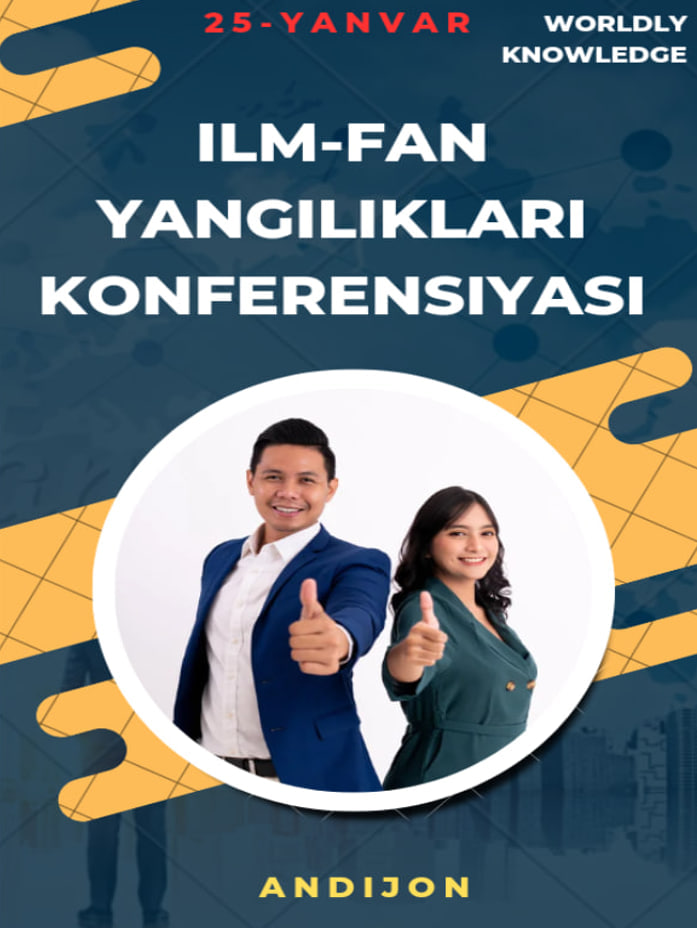THE INTERSECTION OF SIMULTANEOUS CONFERENCE INTERPRETING AND TECHNOLOGY: CURRENT TRENDS AND FUTURE IMPLICATIONS
Keywords:
Simultaneous Conference Interpreting, Technology, Remote Interpreting, Interpreter Training, Virtual Learning EnvironmentsAbstract
Simultaneous Conference Interpreting (SI) has historically relied on technological advancements to address the complexities of multilingual communication in international settings. Since its emergence, SI has evolved alongside technological innovations, from the introduction of wired systems to the integration of virtual learning environments (VLEs) in interpreter training. This paper examines the symbiotic relationship between SI and technology, focusing on two key areas: remote interpreting and training methodologies. It discusses the impact of videoconferencing on remote interpreting practices and explores the technologization of interpreter training, including the use of speech databanks and VLEs. Furthermore, the paper reflects on the future implications of technological developments for SI, highlighting the need for continued integration and adaptation to meet the demands of a rapidly evolving global landscape.
References
Angelelli, Claudia. 2003. “The Visible Co-Participant: The Interpreter’s Role in Doctor Patient Encounters.” In From Topic Boundaries to Omission: New Research on Interpretation, Melanie Metzger, Steven Collins, Valerie Dively & Risa Shaw (eds), 3–27. Washington DC: Gallaudet University Press.
Baigorri-Jalon, Jesus. 2004. De Paris à Nuremberg: Naissance de l'Interpretation de Conference. Ottawa: Ottawa University Press.
Braun, Sabine. 2003. “Kommunikation unter widrigen Umständen? – Optimierungsstrategien in zwei-sprachigen Videokonferenz-Gesprächen.” In Connecting Perspectives. Videokonferenz:
Beiträge zur ihrer Erforschung und Anwendung, J. Döring, W.H. Schmitz, O.A. Schulte (eds), 167–185. Aachen: Shaker.
Class, Barbara, Moser-Mercer, Barbara & Seeber, Kilian. 2004. “Blended learning for training
interpreter trainers.” 3rd European Conference on E-learning. Paris: Academic Conferences Limited.
Gaiba, Francesca. 1998. The Origins of Simultaneous Interpretation: The Nuremberg Trial. Ottawa: University of Ottawa Press.
Hobart-Burela, Martha. 2002. “Designing and Building Booths for Simultaneous Interpretation.” http://www.aiic.net/ViewPage.cfm/page769 [Accessed 10 May 2010].
Manuel Jerez, Jesús de. 2003. Nuevas tecnologías y formación de intérpretes. Granada: Atrio.
Moser-Mercer, Barbara. 2003. “Remote Interpreting: Assessment of Human Factors and Performance Parameters.” http://www.aiic.net/ViewPage.cfm/article879 [Accessed 10 May 2010].
Moser-Mercer, Barbara. 2005a. “Remote Interpreting: Issues of Multi-Sensory Integration in a Multilingual Task.” Meta: Translators’ Journal 50 (2): 727–738.
Moser-Mercer, Barbara. 2005b. “Remote interpreting: The crucial role of presence.” Bulletin Suisse de Linguistique appliqué 81: 73–97.
Moser-Mercer, Barbara, Class, Barbara & Seeber, Kilian. 2005. “Leveraging Virtual Learning Environments for Training Interpreter Trainers.” Meta 50 (4): no pagination.
Moser-Mercer, Barbara and Bali, Gregoire. 2008. “Interpreting in Zones of Crisis and War.” http://
www.aiic.net/ViewPage.cfm/page2979.htm [Accessed on 10 May 2010].
Ebru Diriker Motta, Manuela. 2006. “A Blended Tutoring Program for Interpreter Training.” In Proceedings of Society for Information Technology and Teacher Education International Conference 2006, C. Crawford et al. (eds), 476–481. Chesapeake, VA: AACE.

